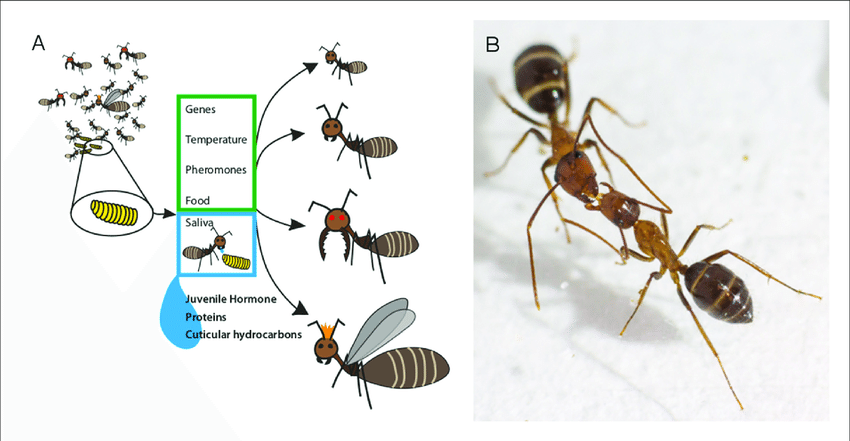By Jeanne Françoise UMUMARARUNGU
This is a research was conducted by Mrs Christella Suavis Iradukunda, MSc Landscape Manager at ARCOS Network, Biodiversity conservation Research Fellow – CoEB Rwanda, was made in Nyagasenyi Remnant Forest. In her research on raising awareness about ants, she has found many things to pay attention to. Ants has many roles in human beings life and environment especially farmers as well as Nyagasenyi Forest.
What is Ants?
Ants are in the class Insecta/Order Hymenoptera/Family Formicidae and have six legs like other insects. Their bodies are divided into three segments – head, thorax, and abdomen.
Life cycle: social systems with three different castes ~ queens,
Males, and workers.
Ecological roles of ants
• Turn and aerate the soil, allowing water and oxygen to reach plant roots.
• Seed dispersal
• Biological control agent
• Mutual life with aphids
• Foods for other animals (bear, frogs, some birds, arthropods)
Learn about Nyagasenyi Forest.
What is Nyagasenyi Remnant Forest?
Nyagasenyi Remant Forest (NRF) is one of the remaining remnant forest, important since it is associated with a wetland which is connected to Cyunuzi wetland in East and Rwagitugusa wetland in the North which in turn is connected to Akagera wetland in the extreme South. It house indigenous tree species and various biodiversity.
NRF ecological goods and services
• Biodiversity maintenance and conservation
• Sequesters and stores carbon from the Atmosphere
• Contributing to regulation of the global carbon cycle and climate change mitigation.
• Stream flows and water runoff Preventing land degradation and desertification
• Reducing the risks of natural disasters such as droughts, floods, and landslide Aesthetic, recreational and spiritual value Food, fiber, timber and medicines.
Sampling methods
• Hand sorting
• Pitfall trap
• Winkler – Berlese extractors
Results
15 species belonging to 12 genus and 4 sub-families were recorded.
Especially these Cataulacus species: C. pullus and C. egenus, are first recorded in Rwanda. The most abundant genus is Pheidole with 7 recorded species and 35 pinned individuals.
Conclusion
Ants play big roles in the sustainable development of humans, since they play important role in nutrient recycling and seed dispersal, hence contribute to their livelihoods development.
Farmers neighboring Nyagasenyi forest should protect the forest as well their farm by restoring and planting indigenous or agroforestry tree to maintain the ecological functioning of the forest, hence support to their improved livelihoods. Protecting ants’ diversity saves our environment.
Acknowledgment
Royal Belgian Institute of Natural Sciences, Brussels (RBINS), Belgian National Focal Point to the Global Taxonomy Initiative (GTI) and their programme of CEBios for their valuable finance support, invitation to capacity building training on Ants (Hymenoptera: Formicidae). Further thanks goes to her supervisor Dr. Wouter Dekoninck who shape and gave roots knowledge skills on ant’s taxonomy.
Finally, this work would have been impossible without the support and encouragement from CoEB and ARCOS Network.

Photo:Mrs Christella Suavis Iradukunda, MSc Landscape Manager at ARCOS Network, Biodiversity conservation Research Fellow – CoEB Rwanda

